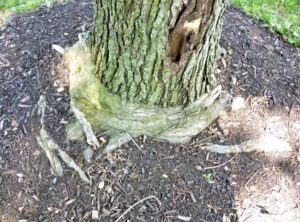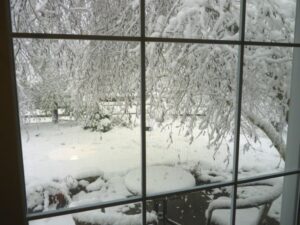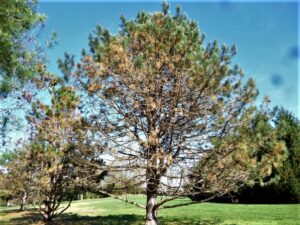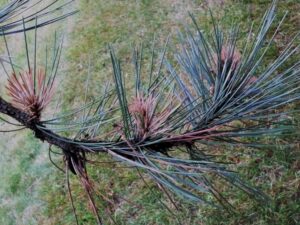What Effect Will a Cold Winter Have on Insect Populations This Season?: Insects overwinter in all life stages, but the majority are in the egg or pupa stage. Cold weather usually has little effect on these stages. Those that overwinter as adults or larvae usually overwinter in protected locations. Snow cover can insulate insects and increase survival. The major cause of decreasing insect numbers is widely fluctuating temperature extremes throughout the winter. When temperatures warm, insects begin development, only to stop when temperatures again drop. Therefore, springs with false “starts” are more likely to negatively affect insect populations than a steady cold winter.
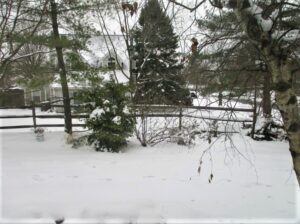
Snow cover can insulate insects & increase winter survival rates. (Photo Credit: Steven K. Rettke, Rutgers Coop. Ext.)
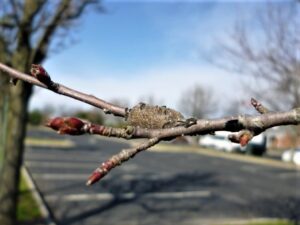
Springs with “false starts” can be detrimental to early hatching Eastern Tent Caterpillars. (Photo Credit: Steven K. Rettke, Rutgers Coop. Ext.)
